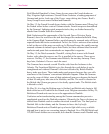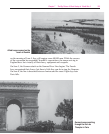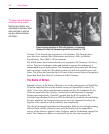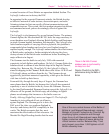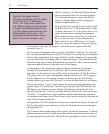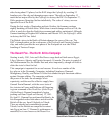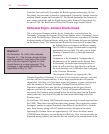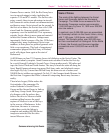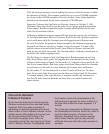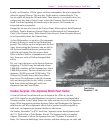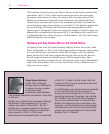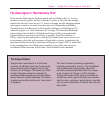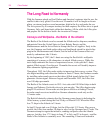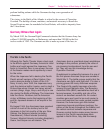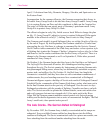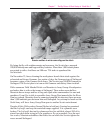
132
Close Combat
Still, the Germans continue to taste nothing but success while the Soviets swallow
the bitterness of defeat. The Germans capture Kiev at a cost of 100,000 casualties;
the Soviets suffer 500,000 casualties. By early October, Army Group South has
bottled up and destroyed Soviet units composed of 700,000 men.
Operation Typhoon
the final drive on Moscowbegins on October 2, 1941.
Guderian’s force turns north to join the other Panzer groups grinding toward the
Soviet capital. But the autumn rains begin; German mobility falters in the mud
while Soviet resistance stiffens.
In Moscow, diplomats and government officials begin leaving the city on October
16, but Stalin announces that he will remain. Work on the city’s defenses continues
at a feverish pace while the German forces are bogged down in Russian mud.
By early November, the ground is frozen enough for the Germans to again press
the attack on Moscow, but the icy weather is scarcely an asset. It is one of the
coldest winters on record in the Soviet Union. Motor oil freezes solid and rifle
bolts become so brittle they break. The German soldiers’ clothing is inadequate in
the bitter cold, further sapping morale.
The Red Army is content to fight a holding action. Reinforcements are arriving
daily from Siberia; tanks, guns, and supplies have been hoarded for the counter-
offensive Stalin longs to launch. On November 18, Guderian’s forces are hit by the
first Soviet counterattack. Red Army troops fresh from Siberia attack the Germans
several times over the next few days, blunting the German drive on Moscow.
By November 27, the Germans push to within 30 miles of Moscow. Two days
later, Panzer units fight their way across the Moscow-Volga Canal. By December
2, German infantry units reach Moscow’s northern suburbs
the Germans are
less than 20 miles from the Kremlin, but they face even colder weather and
winter storms.
Hitler and the
Wehrmacht
:
Problems of Command
By the time the Allies land in Normandy, the
German command structure has been badly
fractured. Hitler has made a practice of
dismissing or demoting generals who do not
follow orders or fail to achieve victories. As the
defeats mount, Hitler tightens his control over
the German military. By the time of the
Normandy Campaign (June 1944), he
personally controls the vast majority of
Panzer
units in Western Europe. Consequently, when
the invasion comes, the commanders in the
field must send requests for armor to Berlin; by
the time Hitler authorizes these requests, it is
too late.
Two of the key commanders in Western Europe
are Rundstedt and Rommel. Each has a plan to
repel the Allied invasion—Rommel on the
beaches, Rundstedt with a massive counter-
attack inland. Neither gets his way as Hitler
withholds the armor that either plan requires to
succeed.



